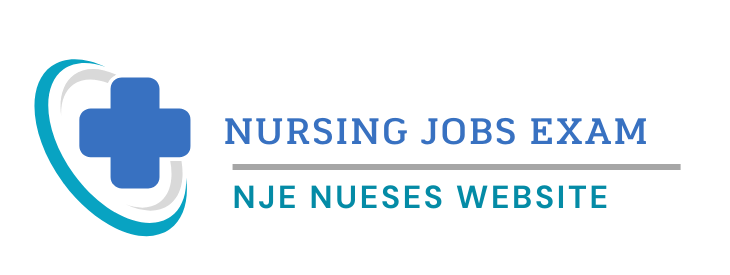Ovarian cancer is a gynecologic malignancy with high mortality because of advanced disease by time of diagnosis. It is the leading cause of morbidity of gynecologic cancers.
Pathophysiology and Causes of Ovarian Cancer
1. Median age is 60 years. One of 70 women will develop ovarian cancer.
2. Cause is unknown but about 10% of cases are associated with family history of breast, endometrial, colon, or ovarian cancer.
3. Smoking and personal history of breast, colon, or endometrial cancer are also risk factors.
4. There is also higher incidence in nulliparous women.
Signs and Symptoms of Ovarian Cancer
1. No early manifestations.
2. First manifestations—(vague) bloating, increased abdominal size, urinary urgency or frequency, difficulty eating or feeling full, and abdominal or pelvic pain, which may occur with other symptoms, almost daily and are more severe than expected.
3. Late manifestations—abdominal pain, ascites, pleural effusion, intestinal obstruction.
Diagnostic Evaluation of Ovarian Cancer
1. Pelvic examination to detect enlargement, nodularity, and immobility of the ovaries.
2. Pelvic sonography (transabdominal and transvaginal) is the most useful diagnostic test and CT scan is done to determine metastatic spread.
3. Color Doppler imaging may be used to detect vascular changes within the ovaries.
4. Paracentesis or thoracentesis if ascites or pleural effusion is present.
5. Laparotomy to stage the disease and determine effectiveness of treatment.
6. Increase of CA 125 signifies progression, but not as useful as diagnostic or screening tool because level can be elevated due to inflammation and other causes.
Management of Ovarian Cancer
1. TAH/BSO and omentectomy is usual treatment because of delayed diagnosis. Optimal debulking to less than 1 cm is goal.
2. Chemotherapy is more effective if tumour is optimally debulked (less than 1 cm residual disease); usually follows surgery because of frequency of advanced disease; may be given IV or intraperitoneal.
3. Radiation therapy is not usually valuable.
4. Second-look laparotomy may be done after adjunct therapies to take multiple biopsies and determine the effectiveness of therapy. Practice is controversial because it does not affect survival.
5. Immunotherapy is being investigated in clinical trials as a stand-alone treatment or in conjunction with other modalities.
Heavy Menstrual Bleeding (Menorrhagia): Causes Diagnosis Treatment
Complications of Ovarian Cancer
Direct intra-abdominal or lymphatic spread, peritoneal seeding.
Nursing Assessment of Ovarian Cancer
1. Obtain history of irregular menses, pain, and postmenopausal bleeding.
2. Ask about vague GI-related complaints.
3. Ask about history of other malignancy and family history of breast or ovarian cancer.
4. Assess patient’s general health status in terms of tolerating surgical and adjuvant therapy.
Nursing Diagnoses of Ovarian Cancer
• Ineffective Coping related to advanced stage of cancer.
• Imbalanced Nutrition: Less Than Body Requirements related to nausea and vomiting from chemotherapy.
• Disturbed Body Image related to hair loss from chemotherapy.
• Acute Pain related to surgery.
Nursing Interventions of Ovarian Cancer
Strengthening Coping
1. Provide emotional support through diagnostic process; allow patient to express feelings and encourage positive coping mechanisms.
2. Administer anxiolytic and analgesic medications, as prescribed, and teach patient and caregivers the potential adverse effects.
Maintaining Adequate Nutrition
1. Administer or teach patient or caregiver to administer antiemetics, as needed, for nausea and vomiting.
2. Encourage small, frequent, bland meals or liquid nutritional supplements as able.
3. Assess the need for IV fluids if patient is vomiting.
4. Monitor for passage of gas and bowel movements after surgery. Bowel dysfunction related to surgery may cause nausea and anorexia.
Maintaining Body Image
1. Prepare patient for body image changes with chemotherapy (ie, hair loss).
2. Encourage patient to prepare ahead of time with turbans, wigs, hats.
3. Encourage patient to enhance appearance with makeup, clothing, jewelry as she is used to doing.
4. Stress the positive effects of patient’s treatment plan.
Relieving Pain
1. Prepare patient for surgery, as indicated; explain the extent of incision, IV, catheter, packing, and drain tubes expected.
2. Postoperatively, administer analgesics, as needed, and explain to patient that she may be drowsy.
3. Reposition frequently and encourage early ambulation to promote comfort and prevent adverse effects.





